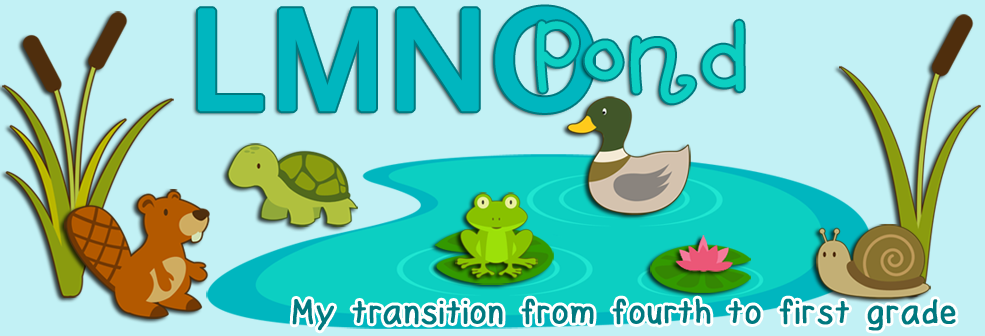I think we all talk about scientific method, from primary up through high school. If we teach a class in science, it's a given.
I also think most elementary school teachers do the activity most children fondly refer to as "The Volcano Experiment," or "Making a Volcano." Yet when I think of mixing vinegar and baking soda, I don't think of using a model to teach geology; I think of the perfect opportunity to teach the scientific method! This was my second year teaching the Scientific Method by "mixing chemicals." As a new (to primary) teacher last year, it went well. This year I added a little polish, and finally have a little time to share how I made it work well.
The key to making this an experiment is to have another variable to use besides vinegar. Since I have 5 groups, I used 5 variables, as shown above. If you want a single variable, water is the easiest. It won't make any bubbles because it's not acidic like vinegar.
 |
| Graphics from Scrappin Doodles |
1.
I gathered the
children on the rug so I could build excitement about the liquids without them
sticking their fingers in as I was discussing them! I put a different liquid on each table as we
reviewed how to observe using our senses.
I made it clear we would be looking and smelling only for today, but if
you can think of a sanitary way to encourage taste please let me know in the comment
section! I think it would be awesome; I
just couldn't manage it in the time allowed.
2.
Next I
encouraged them to walk around and go to each table to identify the
liquids.
3.
Then I guided
their question (it was hard for them to articulate this when they already had a
hypothesis). "What will happen when we mix different liquids with baking
soda?"
4.
My class had a
hypothesis before I even got to this stage in the lesson: "It will make a volcano!" cried
many students. I wrote down their
different ideas (some kids said "it will explode.") and had them each choose their own to copy onto their
page.
All the while, we referred to our anchor chart from Deanna Jump. I chopped up her mini posters to create the anchor chart, and I believe her graphics are from Scrappin Doodles.
5
We carried out
the testing part of the experiment by rotating to each table (because I do this
experiment at the beginning of the year, the rotation is clearly controlled,
with all groups being directed where to go each time; kids at group 1 go to
group 2, kids at group 2 go to group 3, and so on), leaving the liquid and eye
droppers in place and carrying only the tray of baking soda. I also chose who got to use the eye dropper each time. Since my students are arranged into groups with an A, B, C, and D, it is easy for me to say, "All the A's use the dropper this time."
 We didn't do all the recording in one day, but it worked fine. Most kids remember what the bubbles look like and could record their observations with pictures the next day. And since I had some absent, I took photos for them to refresh their memories.
We didn't do all the recording in one day, but it worked fine. Most kids remember what the bubbles look like and could record their observations with pictures the next day. And since I had some absent, I took photos for them to refresh their memories.On the second day we also recorded WHY different liquids reacted to baking soda and others did not. We filled our our recording page for our science notebooks AFTER the page on sorting liquids, so students have already thought about the different properties that the liquids on each side have in common. This lead to a result. One of my students articulated, "All the liquids that made bubbles are sour." This prepared them for the scientific explanation: these liquids that taste or smell sour are acidic. Acids react when mixed with bases, such as baking soda. I have both recording pages (along with this lesson in printer friendly format) available in my TPT store.
 One more top tip: Save a little of each
liquid and baking soda on your desk as a backup! I did not have a
spill, but if you do, the group that accidentally spills can still carry
on instead of joining other groups' works in progress.
One more top tip: Save a little of each
liquid and baking soda on your desk as a backup! I did not have a
spill, but if you do, the group that accidentally spills can still carry
on instead of joining other groups' works in progress.The kids have been BEGGING for more science every day since this experiment. It was hands on, showy, AND helped them learn the process involved in the scientific method through doing.
My Teachers Pay Teachers Store

My Pinterest




